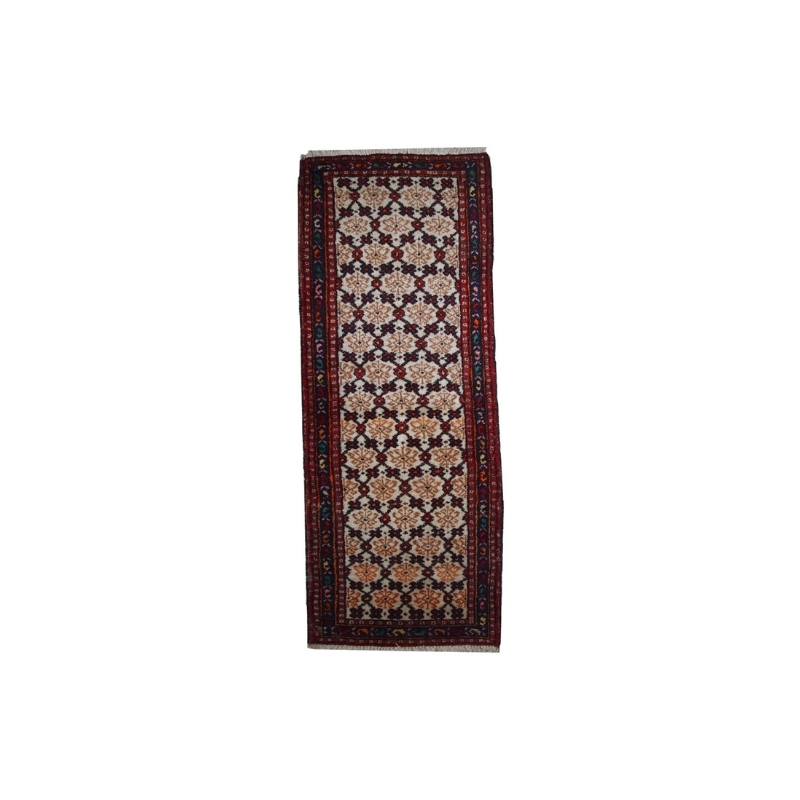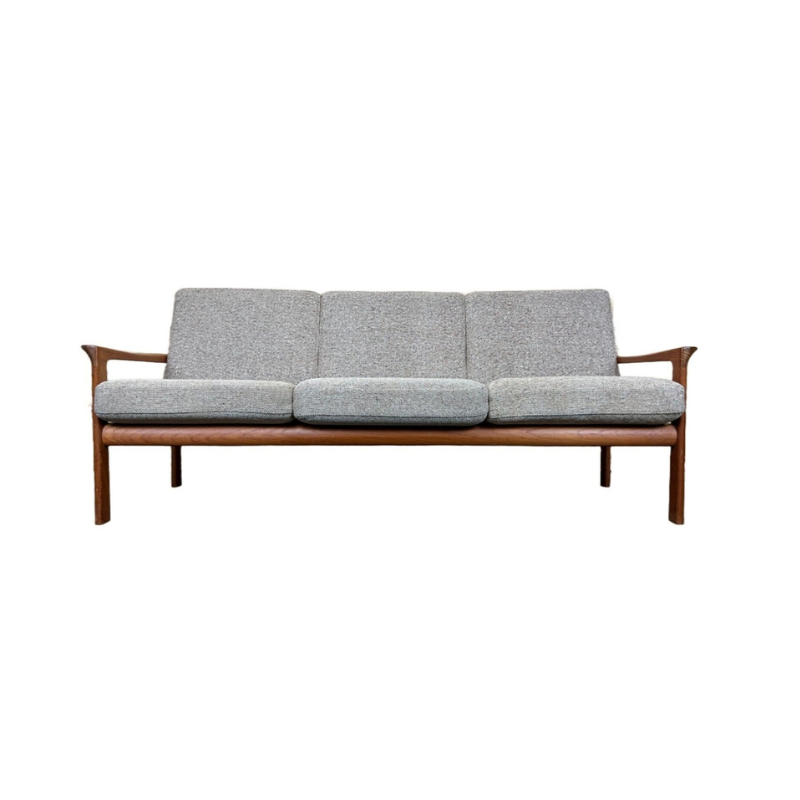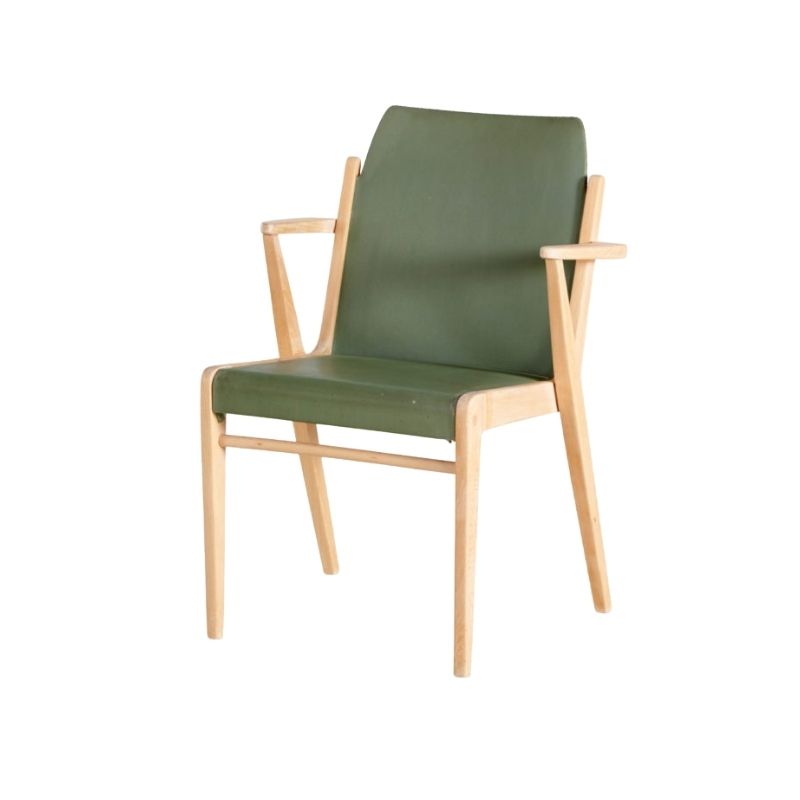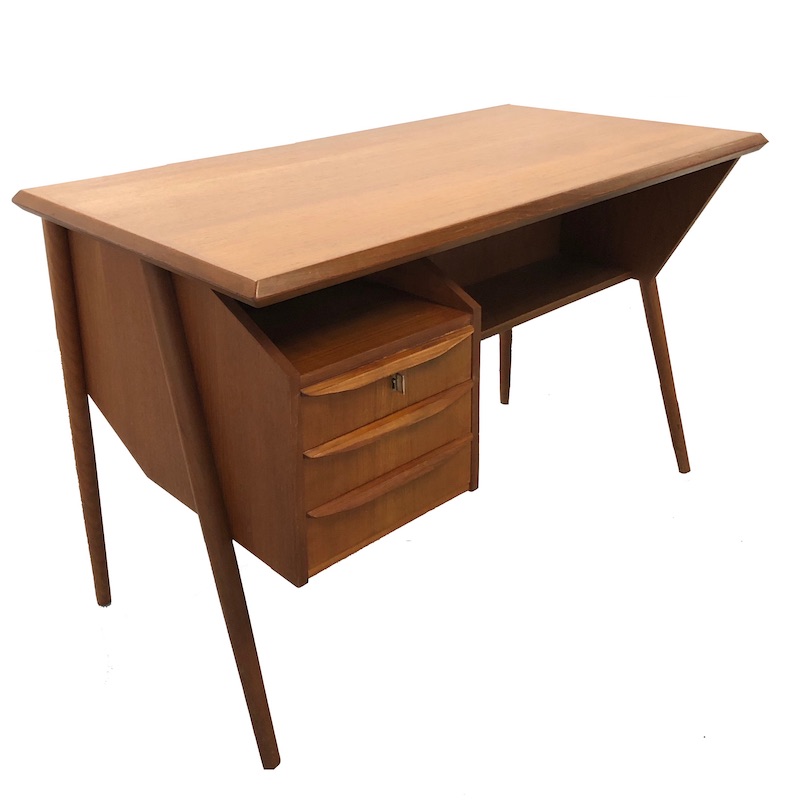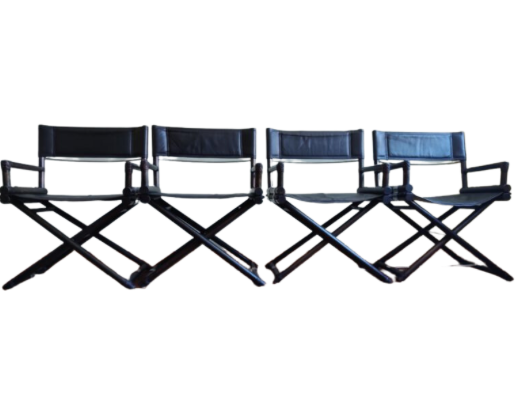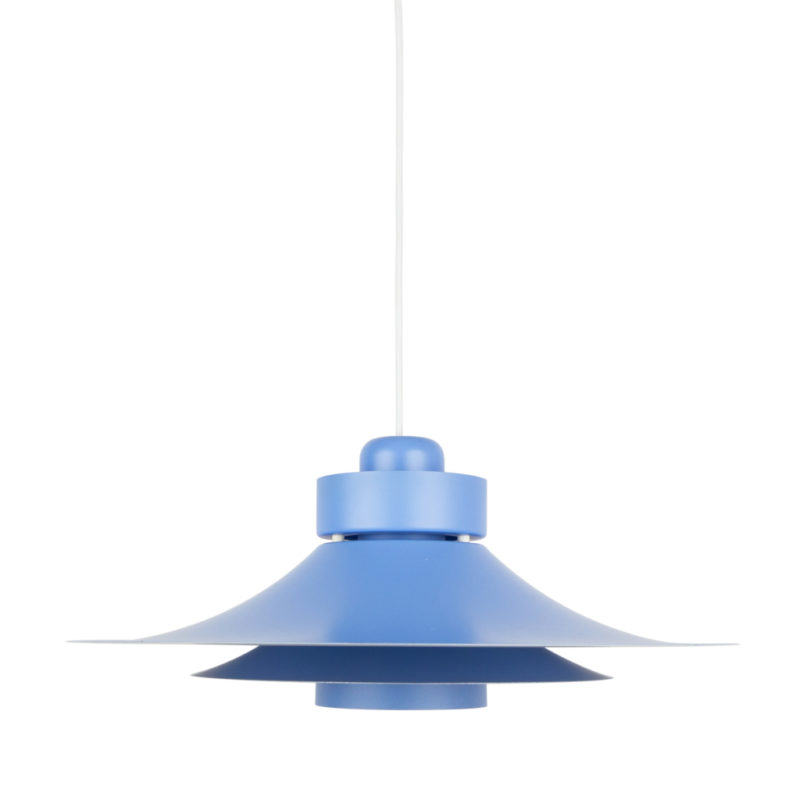I purchased this piece at auction several months ago, thinking it looked like a Paul McCobb piece, and with the help of straylight's helpful timeline I was able to identify it as part of McCobb's Connoisseur Collection for H. Sacks & Son.
I'm planning to keep it, but have a couple of questions. The label on the piece is not signed Paul McCobb (see below). Does this mean that it was produced by H. Sacks & Son after their contract with McCobb had expired? If that's the case, were they authorized to continue production? Also, I noticed that the pulls on my piece are slightly different from those on a signed versions I've seen online -- would that help date this piece to a later production?
Any help would be greatly appreciated. Thanks so much.  <img class="wpforo-default-image-attachment wpforoimg" src=" http://old.designaddict.com/sites/default/files/forum/photo_0.
<img class="wpforo-default-image-attachment wpforoimg" src=" http://old.designaddict.com/sites/default/files/forum/photo_0. 
Interesting Question
You pose an interesting question and I would like to examine it a bit further if you would be so kind as to provide a little bit more information.
What are the dimensions of the piece?
I am wondering if there might have been some subtle changes in scale here.
Also I notice you did not take a photo with the top open. How is the dry bar area finished?
Also what is the height from the floor to the bottom of the case.
Jonathan
http://paulmccobb.blogspot.com
Thanks
Thanks for your response Jonathan.
The inside of the top part of the bar is finished in a white laminate (or similar type of material). I've posted a photo below. The dimensions are 36" wide, 34" high, and 17.5" deep (the top panel that lifts up is 18" deep and overhangs the main part of the cabinet by 1/2").
The height from the floor to the bottom of the case is 6.5".
The lower cabinet behind the two doors has one adjustable shelf and is stained to match the rest of the piece.
The only difference I can see between this piece and signed pieces I've seen is the lack of a lock on the lower cabinet doors, the fact that the hinge for the top is on the opposite side, and the type of pulls. The pulls on my piece were used on other McCobb pieces, weren't they? Or are they just similar?
Thanks again for any thoughts or information you can provide.
One other quick question
Is there a way to very lightly clean up the brass on this without completely removing the patina? I would hate to make the brass shiny, but some areas are so tarnished it's difficult to tell that they're brass. If not, I'll leave well enough alone. Thanks.
The facts and a few theories
First of all I have no question that your chest is the genuine article, also there is no question that it was produced sometime after September 1958 as it was after this date that the Directional furniture was optionally offered in Teak and Walnut (your chest is very clearly not Mahogany)
I do not think the drawerpull hardware on your chest is original. It also seems likely that the doors were either re-veneered or remanufactured (either scenario provides an explanation for the missing lock). The doors are stained with what looks like two or three coats of minwax French Provincial stain over an inferior grade veneer and do not match the drawers at all.
As far as the tag, my best guess is that it is a (possibly well-meaning) forgery, without delving too deeply into the mind numbing details suffice it to say that H. Sacks never had a label even remotely similar to this one from the day they opened to the day they closed.
The real question is whether it is H Sacks production at all as there was another legitimate source from whence this cabinet could have possibly sprung, that being WK Furniture GMBH? but without me doing a close inspection of your cabinet I doubt that we'll ever truly know the answers here and even if I did have the opportunity it still might prove inconclusive.
Jonathan
http://paulmccobb.blogspot.com
Thanks
Thanks again for sharing your thoughts and theories Jonathan. The question about the doors being remade at some point is very interesting. It's funny - in person the color of the doors is nearly an exact match to the rest of the piece, but in the light of my iphone flash they look very different (all of the photos I posted previously had the flash on). I thought at first it might just be a difference in the way the wood grain reflected the light from the flash, but now I'm not so sure. I've posted a few photos in natural light below, including a close up, so you can see the difference. The last photo shows the door opened so you can compare it to the side of the cabinet.
The label being a forgery (even if well-meaning one) is also a very interesting point. If someone were to go to the trouble of remaking the doors, and replacing the hardware with very McCobb-looking knobs, why wouldn't they have also added McCobb's name to the (fake) label? The label is metal, so someone thought it was important enough to expend some effort to include it on the piece. (I'm not doubting at all that it's not original, by the way -- it just raises lots of questions.)
I guess the one thing I know for sure is that this piece has had a lively history. Thanks so much for sharing your expertise on this subject.
I can't speak about the...
I can't speak about the authenticity of the hardware, but it appears to me that the perceived difference in wood color is caused by light reflecting from veneers that have been laid perpendicular to each other, therefore reflecting differently into the lens/eye and showing a different color in the photo.
Why on earth would anyone forge an H. Sacks & Sons label? Market speculation? Really? I'm not quite that cynical...yet.
For Comparison
Here's a shot of the same model Dry Bar on exhibit at the NYC 20 show flanked by a McCobb planter by Architectural Pottery and a McCobb designed lamp by Northcraft Lighting. The mirror above the chest is also a Paul McCobb design realized by Bryce Editions.
http://paulmccobb.blogspot.com
Mark!
You allowed yourself to be photographed with that unsightly stain?
To get back on track, we have one of the McCobb dry bars, but the details match the example Straylight shows. It has the chrome pulls, brass legs, mahogany veneer and the lock is present.
I have to say that I don't necessarily agree that your bar has been modified to the extant that Straylight suggests. I think I may have seen a label like yours in the past. The veneer (and even the lack of a lock for that matter) do not bother me that much. It looks like later production and the lock may have been optional at one point (once the kids are grown and out of the house, is there a real need?). The pulls do not look right, but I've seen many a McCobb piece where they have been changed at some point. While those do not look right, they are not offensive either.
Overall, I think you have a handsome, useful piece. It will not have the same value as an earlier example that has all the original elements, but it's still a nice thing. Enjoy it.
If you need any help, please contact us at – info@designaddict.com



